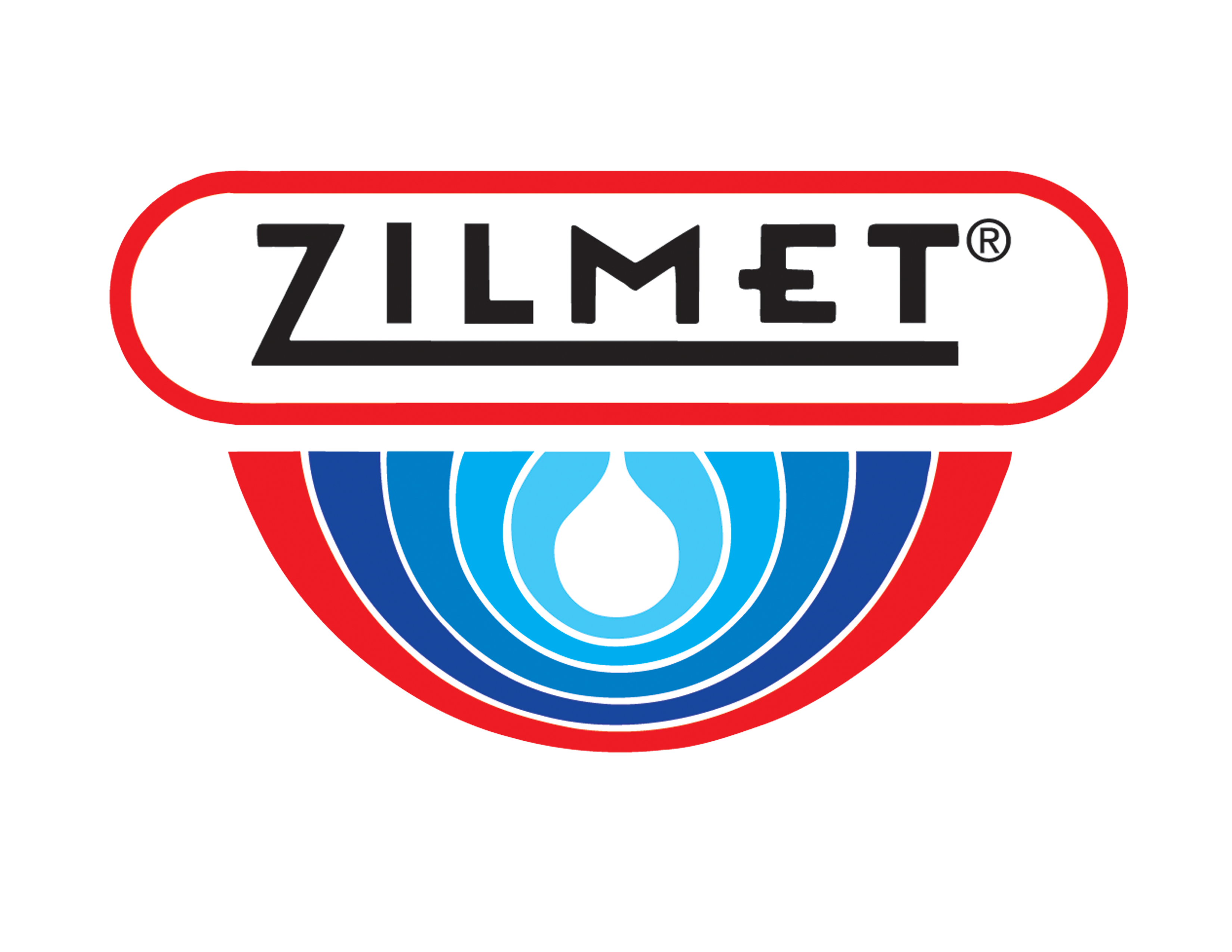
FAQs
If you still have questions, you can email or call us anytime.
Or, for our contact form
ZILMET is a family owned company using innovative technology and eco-compatible reasoning in the manufacturing of expansion tanks, pressure vessels and disassembled and brazed plate heat exchangers for the past 50 years. We are a world leader when it comes to residential and commercial solutions in the thermo-hydraulic world.
It has achieved numerous certifications from the most demanding agencies worldwide. These certificates include the British RWC as well as the DIN from Germany, the ISO from the UK and the NSF 61 from the USA. All up-to-date certificates are available on request.
All our manufacturing plants lie in northeastern Italy, not far from Venice, where as many as 35,000 tanks and 3,000 brazed plate heat exchangers can be manufactured per day.
How long has Zilmet been making tanks?
We have been manufacturing since 1955 and we have been selling in the US market since 2012 as ZILMET USA. Zilmet is the number one expansion tank manufacturer in the world, making over 6 million expansion tank every year.
Can chlorinated water be used in ZILMET tanks?
Considering our generation-upon-generation experience in the potable water field, not excluding the heating and solar fields research, ZILMET has for years provided a tank that can be used with any type of potable water.
What is NSF 61?
In general, this Standard is intended to cover specific materials that come into contact with any type of drinking water. The focus of the Standard evaluates contaminants or impurities imparted into drinking water, and consequently establishes the health requirements of the water itself.
Why a diaphragm tank?
A diaphragm tank allows the system air cushion to be separated from the system water. This method prevents water-logging since the air is between the tank wall and the outside of the diaphragm bladder and the system water is on the other side of the diaphragm. The ZILMET Hydro Plus water side tank shell has an epoxy powder coated food grade material, furthermore, this family of tanks is NSF 61 approved.
Why is there a side outlet and doesn't it cause sediment to trap inside?
Our tanks with the side outlet were the first worldwide to be designed as a user friendly-tank. You just screw on the connection and the job is finished. There is no going under the tank, hoping that the direction is right and/or that it won't leak, or worse, the tank falls over while working on it.
No, it absolutely does not trap sediment due to its especially designed and patented bladder. This can only be appreciated examining a ZILMET tank in hand. Contact your nearest rep. He'll be more than happy to explain all the particularities of a ZILMET tank.
What is drawdown?
Drawdown is the amount of water that leaves the tank before the pressure switch activates the pump. Drawdown depends on the pump, size of the tank, and the different pressure settings in the system.
Why do ZILMET tanks have a bigger footprint and shorter height?
ZILMET tanks have wider footprint and is among the best drawdowns in the market. This design puts less stress on the diaphragm, so it's longer lasting and gives you more water in a relatively limited amount of space.
How does the pressure switch control the pump and tank?
The pressure switch is the coordinator between the tanks and the pump. The pressure switch monitors the pressure inside the tank and, accordingly, turns on or shuts off the pump when cut-in and cut-out pressures are reached inside the tank, respectively.
What are usual cut-ins and cut-outs?
As we mentioned, the pump starts and stops according to the pre-established pressure settings. Our Hydro Plus literature demonstrates a tank's drawdown feature with a 30/50 pressure setting. This means that the pump starts (cut-in) when the tank psi is 30 and will stop (cut-out) at 50psi. There is often a 20psi difference between the cut-in and out, starting at 20psi.
What is the usual pre-charge for a tank?
The pre-charge of a tank depends on many factors. First of all, what type of tank (generally speaking, purely heating or potable water usage) and how big the tank is. All ZILMET tanks are pre-charged and tested in the factory. The pre-charge should be 2psi less than the pump cut-in pressure.
For an optimal performance of your tank, your pre-charge should be checked every 6 months.
To check it, you must first completely drain the tank by shutting the power off to the pump and open a faucet in the house. This will drain the tank and not allow it to refill. On the top of the tank you will find an air valve (similar to the one bicycle tires) - use a tire pressure gauge to check the air pressure. To adjust the air pressure, it is forbidden to use anything that would force more air in than a bicycle pump.
